A year ago I was shocked when I tried charging an EV at home for the first time — now I know better

Last year when I charged an EV at my home for the first time, I was shocked to find out how obnoxiously slow the entire experience was just to add back a measly 8 miles of range. I wasn’t prepared for that, especially when I was told that you could easily gain back about 40 miles of range overnight with Level 1 charging.
Since then, I’ve tested more than 40+ EVs and PHEVs and learned quite a few things about the entire process — while also logging how much range they add back with each charge. For anyone looking to buy any of the best electric cars, or upgrading from their gas guzzler, they might have apprehensions about charging at home. But you shouldn't.
That’s why I want to share what I’ve learned from charging EVs at home for the past year. From what you’ll need to do it, to expectations around charging times, I’m sharing everything you need to know.
Slow Level 1 speeds could be due to your amperage
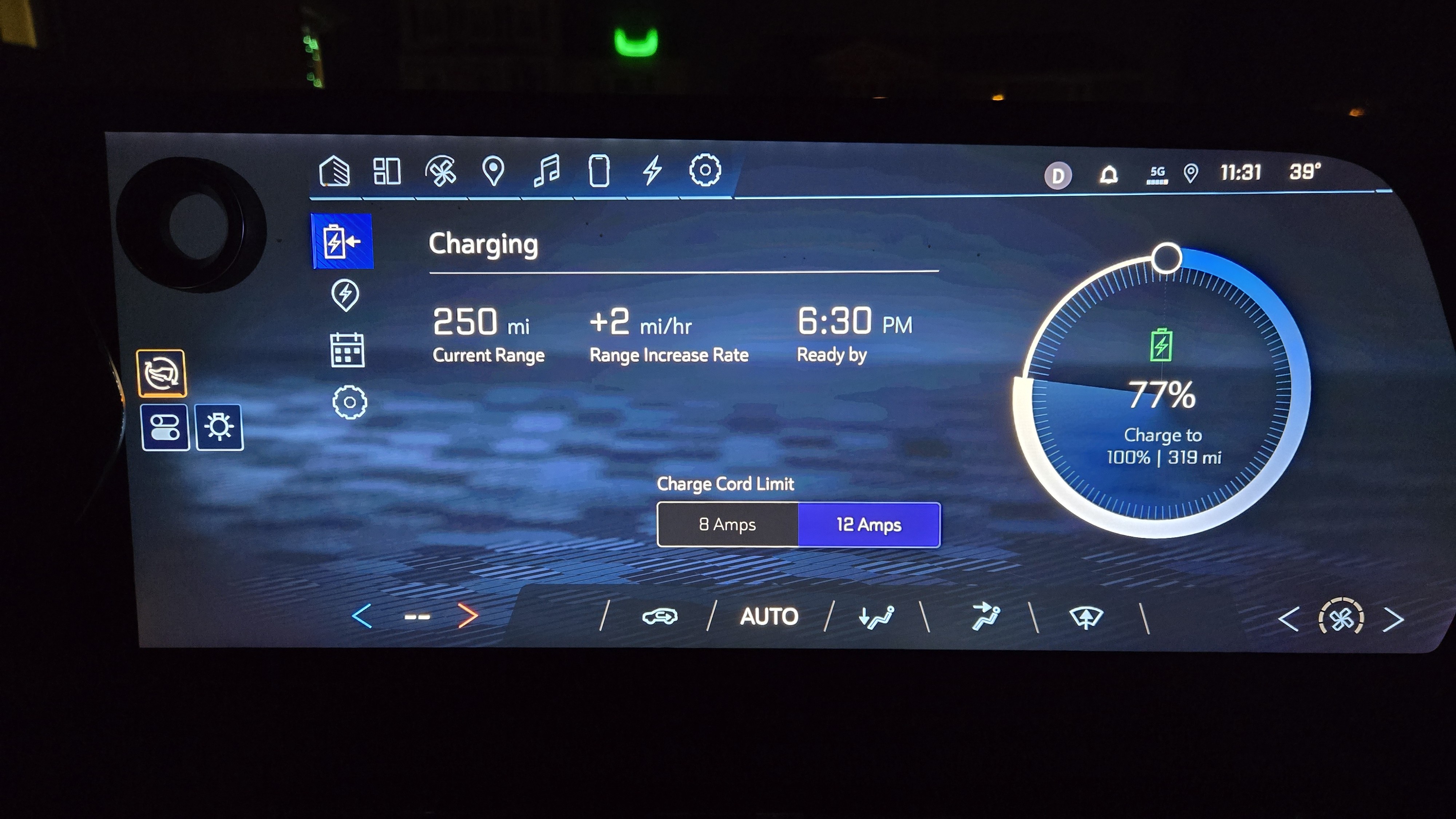
Unless you have a new home already equipped with a Level 2 charger, chances are you’re going to stick with Level 1 charging at home by the time you pick up your new EV from the dealership and head home. Early on during my testing, I was surprised by the slow charging speeds of many of them — like EVs from Hyundai and Kia.
At one point during my testing of the Kia EV9, the charger that came equipped with the vehicle stopped charging right away. I only realized that it kept on tripping the GFI outlet I was using outdoors, but neglected to investigate to find out a fix. Eventually I found out that it was due to how the amperage was set too high, which caused the GFI outlet to go off. Additionally, this is also the reason why I was getting such slow speeds with Level 1 charging.
You can actually set the amperage to draw out power from a standard 120V outlet. In some cars it can be set in the charging menu, with some EVs allowing you to adjust it to exactly how much — while others have preset options. For Kia and Hyundai, though, adjusting the amperage speed is done through the charger itself with a physical button that cycles through them.
After determining the sweet spot — 12 to 15 amps depending on the vehicle — I soon found Level 1 charging at home to be much faster. The fastest rates I’ve seen were 4 miles of range per hour with the Lucid Air.
Get instant access to breaking news, the hottest reviews, great deals and helpful tips.
Level 2 charger is ideal if you drive a lot
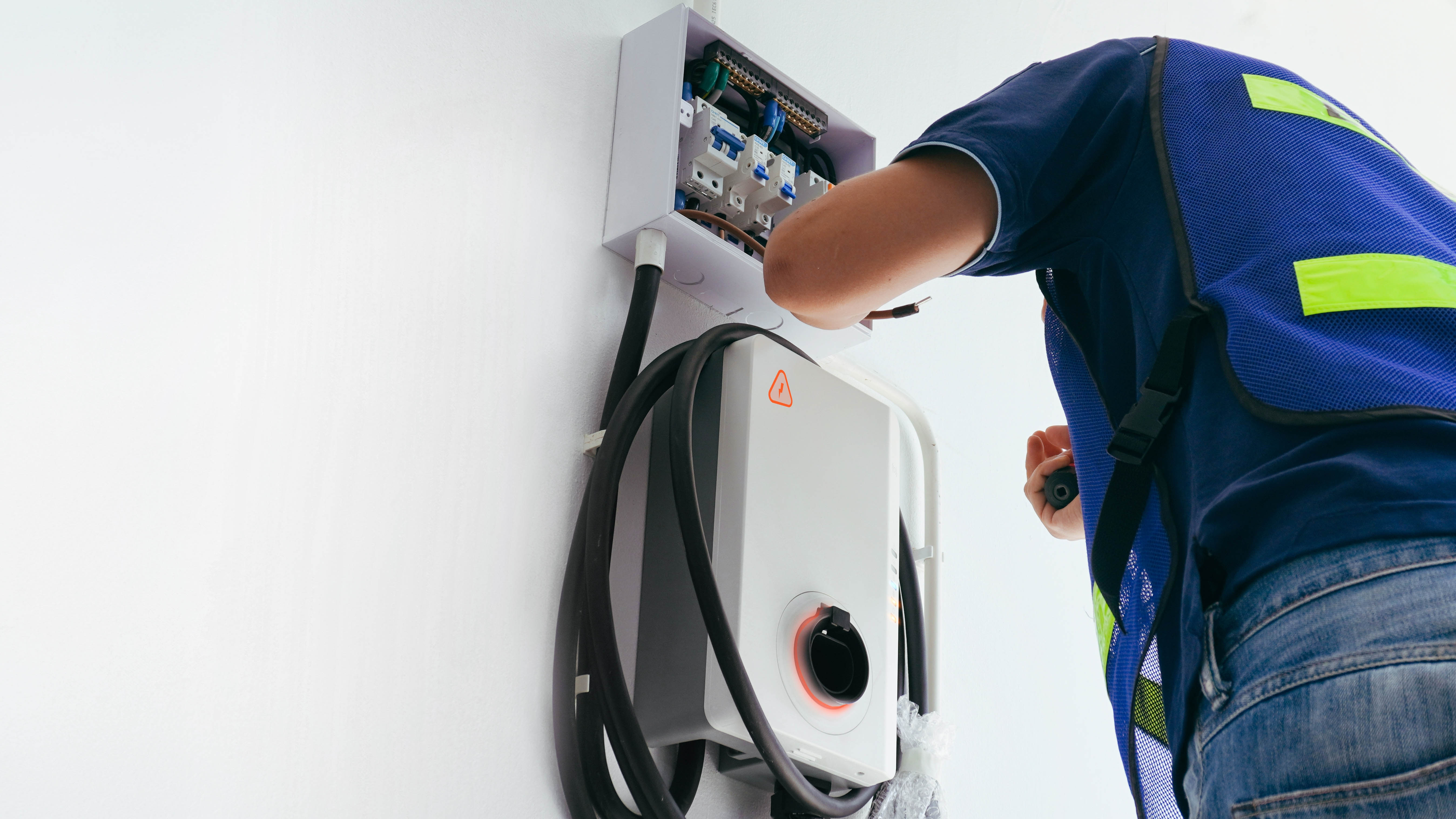
Every home is equipped to handle Level 1 charging because the EV’s adapter plugs in directly to any ordinary 120V outlet. In my particular situation, Level 1 charging is sufficient because my commute from home to the train station is less than 8 miles roundtrip. But for others who commute farther each day, I can’t stress enough how Level 2 is much more practical.
This is because Level 2 charging is much faster and it honestly is better for the battery health of your EV. It takes DAYS to charge on Level 1, but typically you’d get close to a full charge overnight with Level 2. This is because Level 2 charging at home typically delivers around 7 kW to 19 kW of power.
For PHEVs that have much smaller batteries than your typical EV, you could fully charge them in a matter of a couple of hours — versus the 8 to 10 hours with Level 1. The difference is night and day compared to Level 1, so I’d suggest installing one at home. That’s unless you’re equipped to install it in the first place.
You may need to upgrade your electrical box
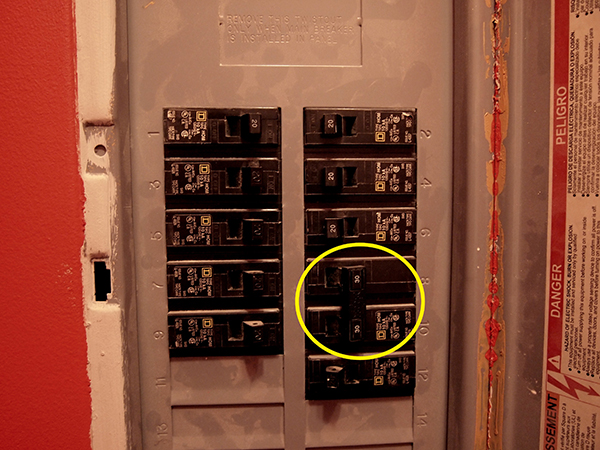
One thing I’ve learned about Level 2 charging is that you’ll need to have the adequate electrical components in place to install one, plus the necessary permits you might need to get from your township. In addition to the cost of the actual Level 2 charger you’ll need to buy, you might be surprised that you might end up needing to replace your existing circuit panel.
I only found out about this after an electrician came out to install a smart home panel that would work in conjunction with my existing circuit breaker, which is a 100-amp one. Unless you have a well-informed car salesperson, you might only find out about this much later on — so that’s why it’s good to know this now to anticipate the extra cost.
Incentives to install a Level 2 charger
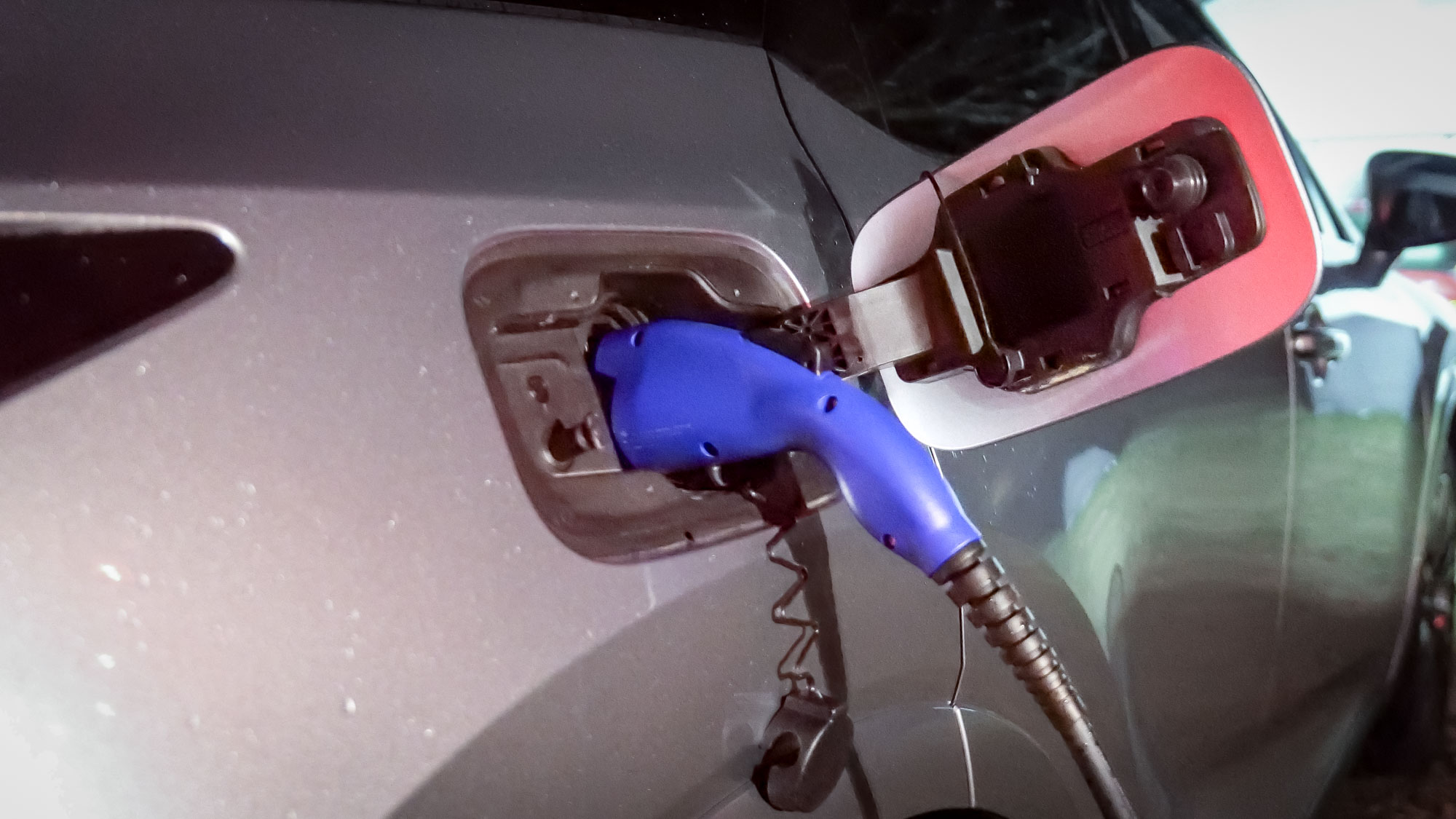
All of these additional costs might dissuade some people to stick with Level 1 charging at home, but there are incentives that can help to offset the cost. Many new EV purchases could come with bonus offers that could discount the cost of installing a Level 2 charger.
It’s also worth checking with your power company to see if there are existing programs that could help drive the cost down. For example, my electric company is running a program that offers up to $1,500 incentives to install a Level 2 charger at home — which you’d need to apply for to get them. Obviously, this amount will vary depending on where you live, but anything is better than nothing.
Power stations are only good in a pinch
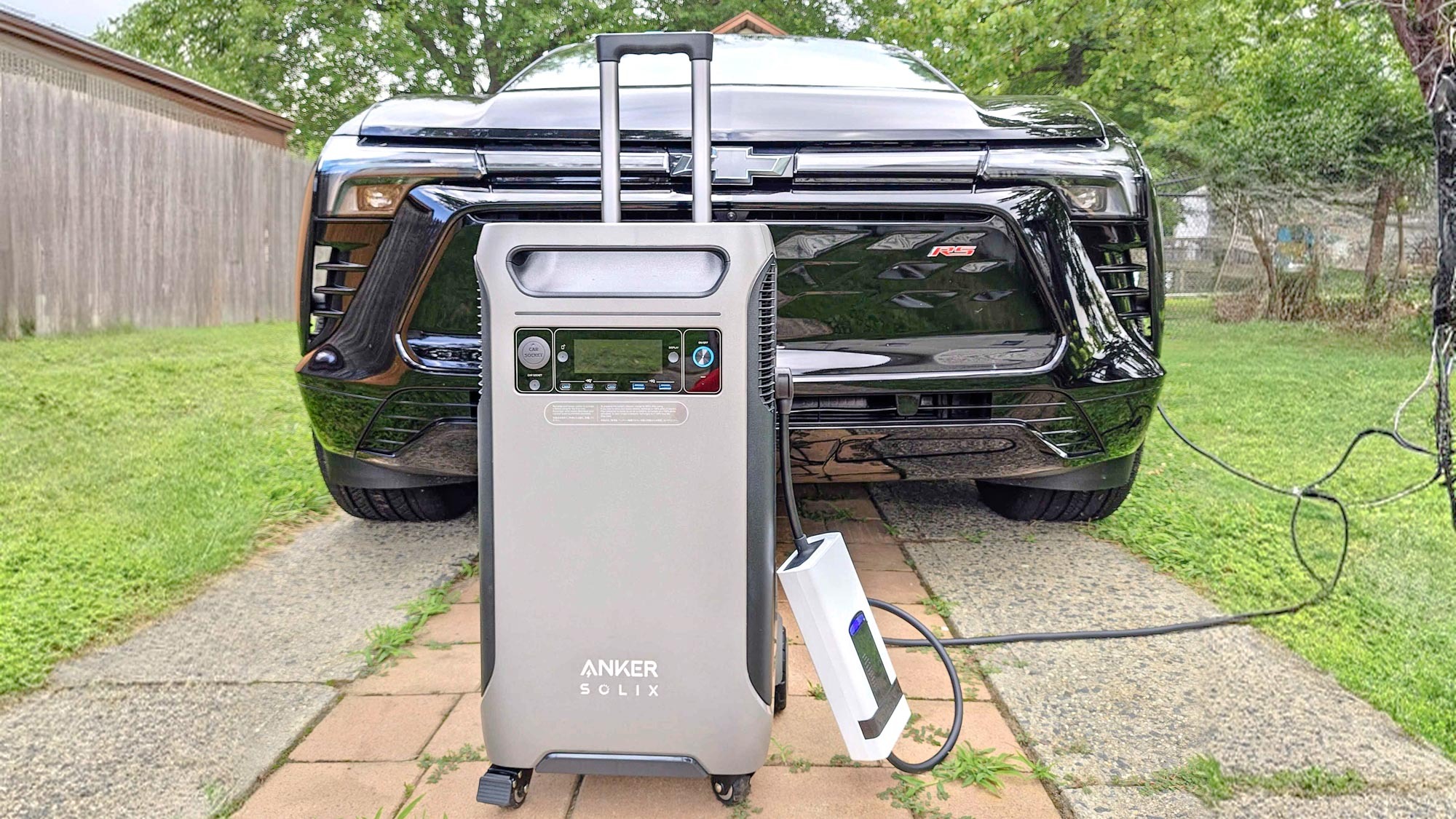
One thing that has intrigued me is the possibility of limitless power with the help of a power station, especially one with a massive battery and can charge with a solar panel — like the Anker Solix F3800 with its 3.85 kWh battery. Basically, you’re going to get nothing more than Level 1 charging speeds with a power station.
Although the Anker Solix F3800 was partially charged when I started charging the Chevrolet Blazer EV at home, it ended up adding back 6 miles of range before it was completely tapped out. This isn’t practical at all, but it does come in a pinch if the power’s completely out due to some kind of outage.
You still have bigger long term savings than gas fill ups
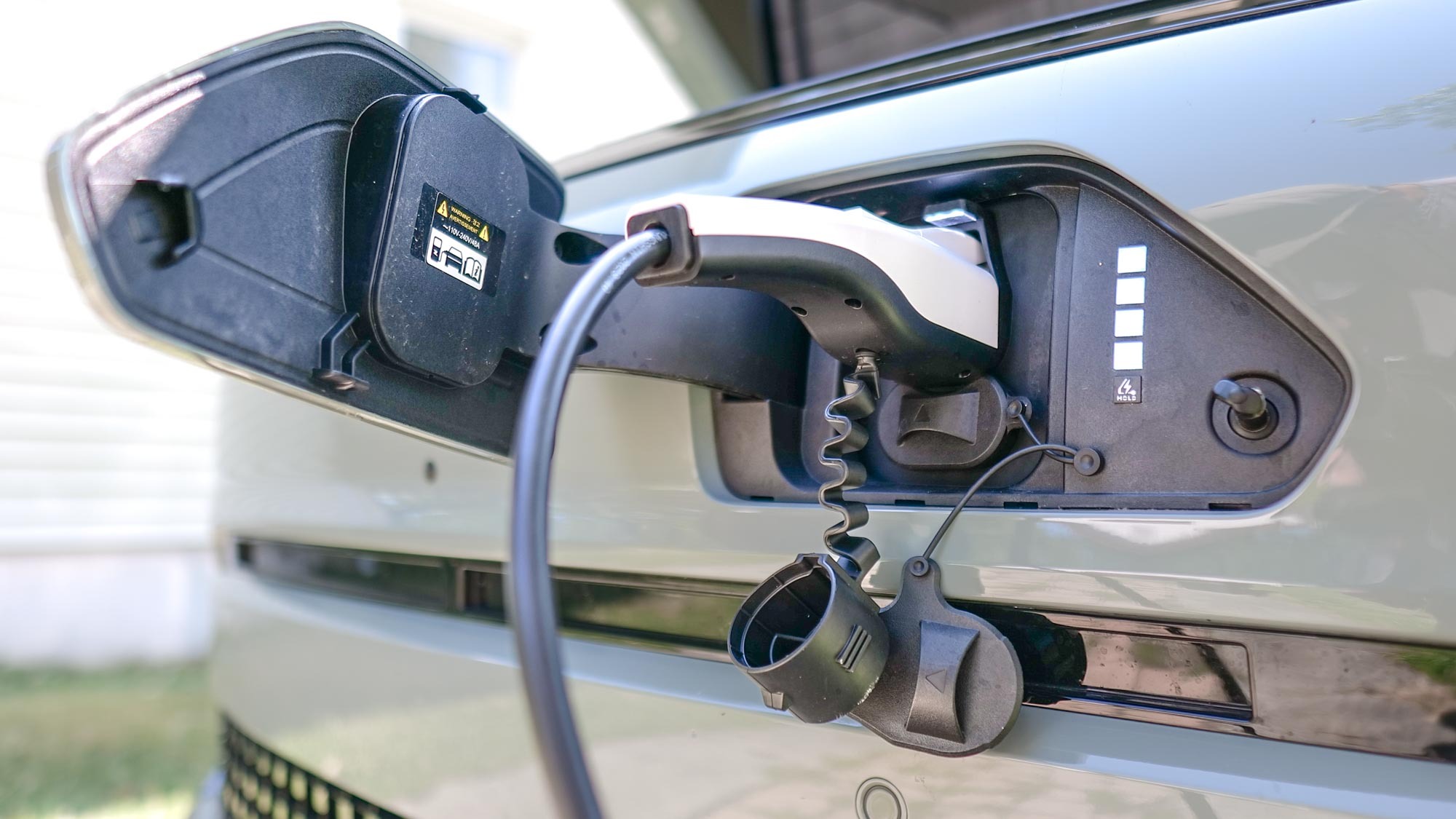
And finally, charging an EV has had a minimal impact on my monthly electric bill — which goes to prove how EVs have better long term savings than traditional gas-powered vehicles. Take the Hyundai Kona Electric, which is the most efficient EV I’ve tested in the last year. It packs a small 64.8 kWh battery and is rated for up to 230 miles of range.
Your actual cost of charging it at home will be different from mine, as electric range varies by power company. But let’s take the national average of $0.17/kWh as a baseline. This comes out to a cost of $11.02 to charge the Kona EV. If we take another EV, like the 2025 Chevrolet Equinox LT, it would cost $14.45 to essentially get 315 miles of range. Think of that total the next time you fill up your gas tank at the rate of $3/gallon.
More from Tom's Guide
- I test drove a Lucid Air Pure for an entire day — it has better range as my gas-powered car
- Sorry, EVs — I test drove my first PHEV and it’s the perfect blend of electric and gas power
- I tried this thermal camera to make my nighttime driving safer — and it's a game changer

John’s a senior editor covering phones for Tom’s Guide. He’s no stranger in this area having covered mobile phones and gadgets since 2008 when he started his career. On top of his editor duties, he’s a seasoned videographer being in front and behind the camera producing YouTube videos. Previously, he held editor roles with PhoneArena, Android Authority, Digital Trends, and SPY. Outside of tech, he enjoys producing mini documentaries and fun social clips for small businesses, enjoying the beach life at the Jersey Shore, and recently becoming a first time homeowner.
You must confirm your public display name before commenting
Please logout and then login again, you will then be prompted to enter your display name.
